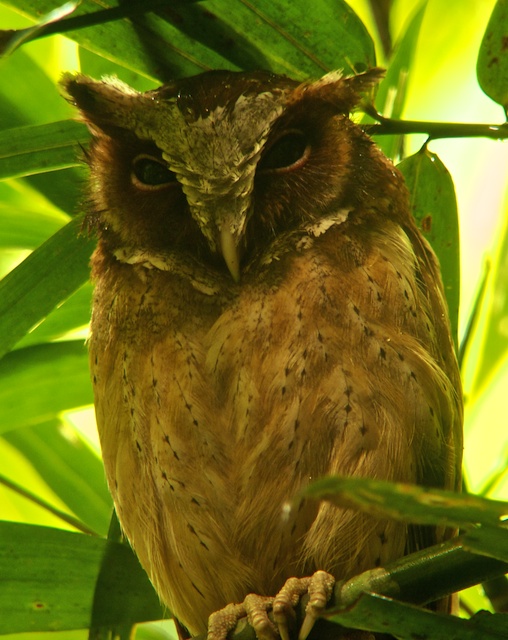Thanks to Phil Round I can confirm the photograph below is of a juvenile eastern imperial eagle. I made it a steppe eagle, juvenile, and possibly a greater spotted eagle, pale morph. I sent the picture to Phil and he kindly put me right: "classic juvenile imperial". I took it on 6th February 2010 in the Wat Norng Lai Blah area.
Eastern imperial eagle, juvenile, aquila heliaca, Wat Norng Blah Lai 06.02.2010
This spurred me on to do a little research and it is officially listed as Vulnerable by BirdLife International. The population is estimated to be between 5,200 and 16,800 birds and the trend suggests these numbers are declining. The link takes you to a very thorough profile of the species and it makes reference in a number of places to the ease with which it can be confused with other species. Phil Round also acknowledged this too. Phew!
Now I feel humbled as opposed to that initial feeling of frustration at not being able to make a correct identification. I really want to learn more about these birds. I want them to survive and flourish. What a privilege to be able to view such a majestic bird and indeed to be able to capture it on camera. Phil Round advised though that changes in rice cultivation cycles could have a profound effect on these eagles; specifically, in Thailand, the move from single to double cropping driven by economic necessity. It is amazing what you learn as you go along.
I am hooked.














